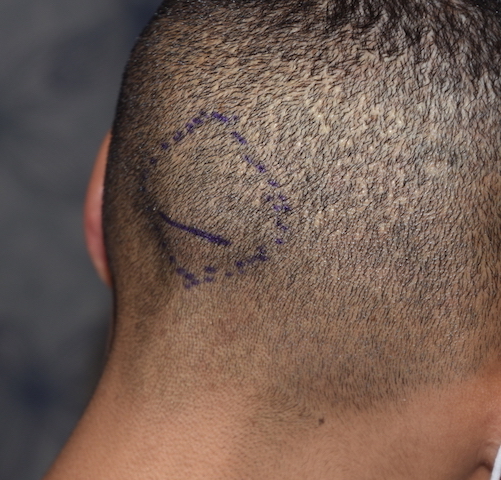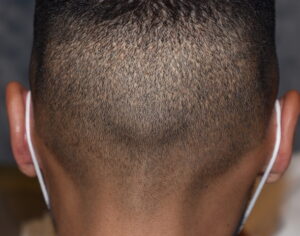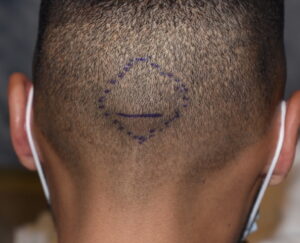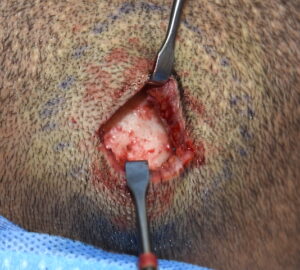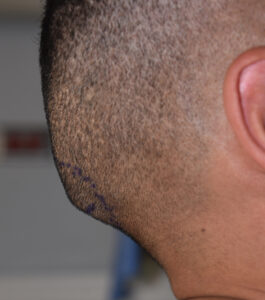Background: The dominant feature of the back of the head that is rarely seen is that of the inion. This small protrusion of bone emanates from the underside of the mid-occipital bone and exists as a source of musculoligamentous attachments. It exists in both men and women and is of variable sizes. When it becomes more prominent it becomes more evident as it sticks out more horizontally as it grows. When visible it becomes known as the occipital knob or the obvious reason.
Often the occipital knob is not just a small knob of bone as the name suggests. It can also be part of an overall occipital bony overgrowth in which the knob is the most prominent part. This will appear as a rounded projection from the center of the back of the head with a v-shaped protrusion at its inferior portion.
Whether occipital knobs are small or part of a larger bony protrusion the key is to be able to reduce them through the smallest possible scalp incision Since the vast majority of patients who present for occipital knob reduction are men who very closely cropped hair or shave their heads, having an undetectable or nearly undetectable scar is an aesthetic essential.
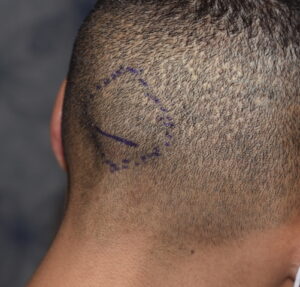
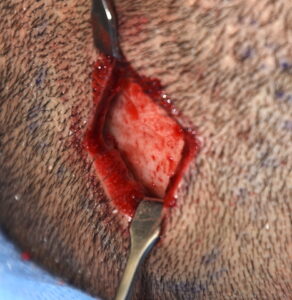

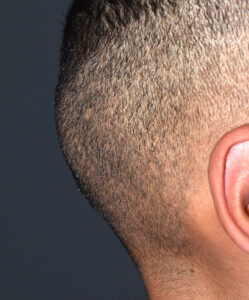
Case Highlights:
1) The visible occipital knob is often bigger than it looks from the outside.
2) The mobile window concept is important in reducing larger occipital protrusions through remarkable small scalp incisions
3) To completely eradicate the occipital knob the reduction must go below the midline muscle attachments.
Dr. Barry Eppley
Indianapolis, Indiana

